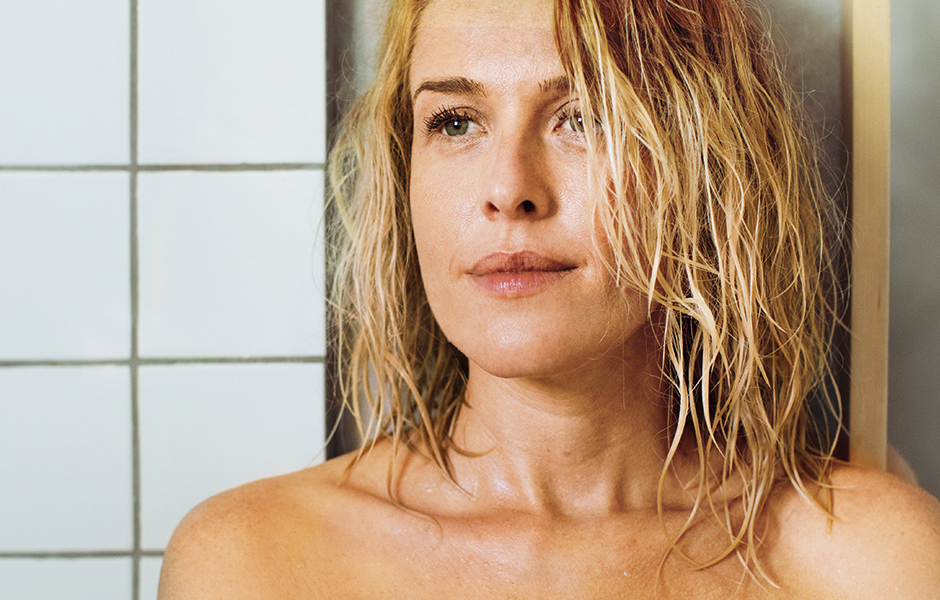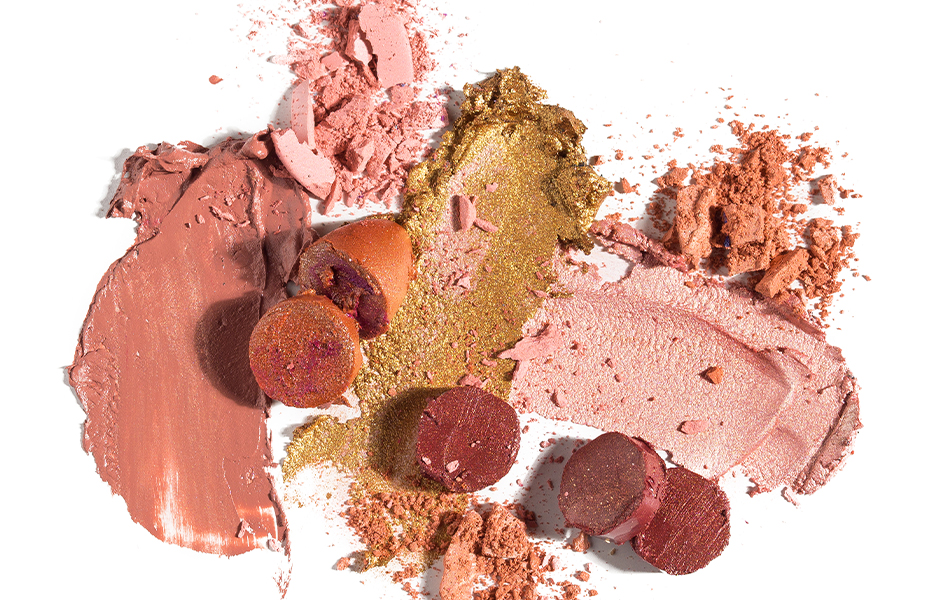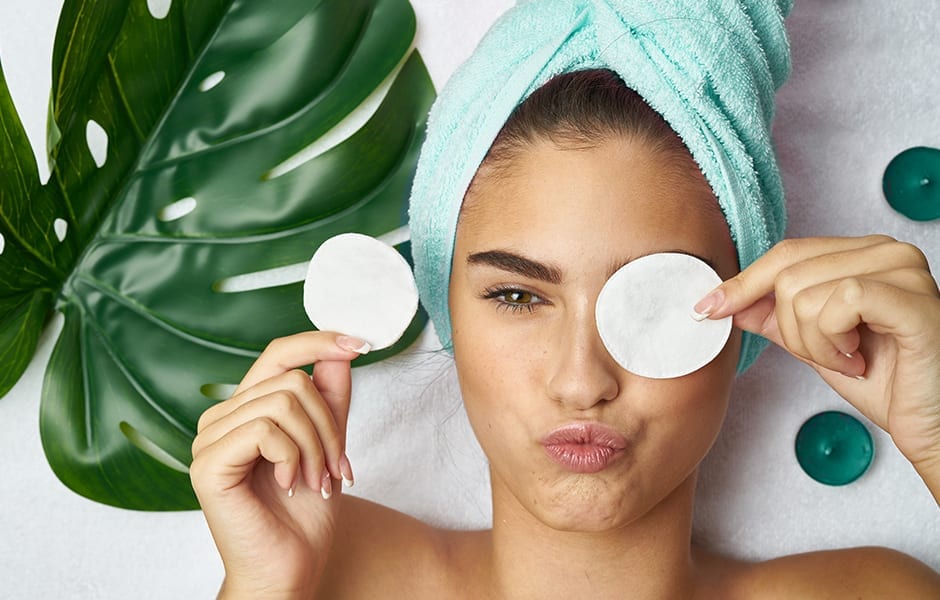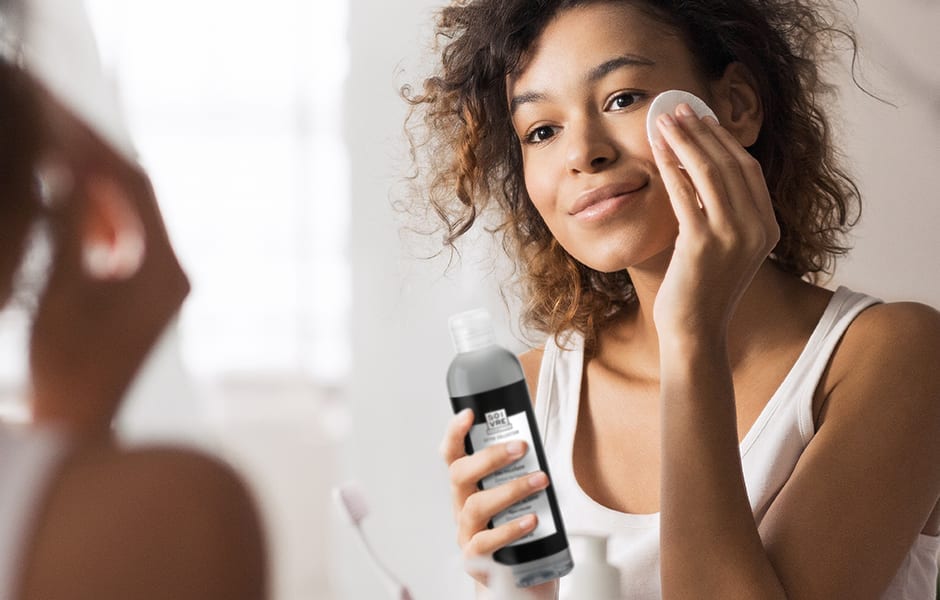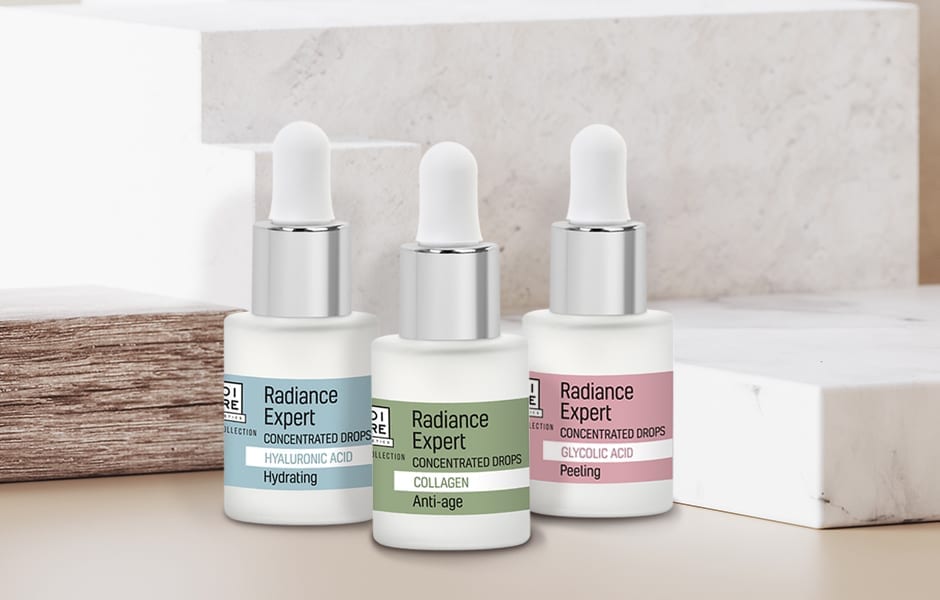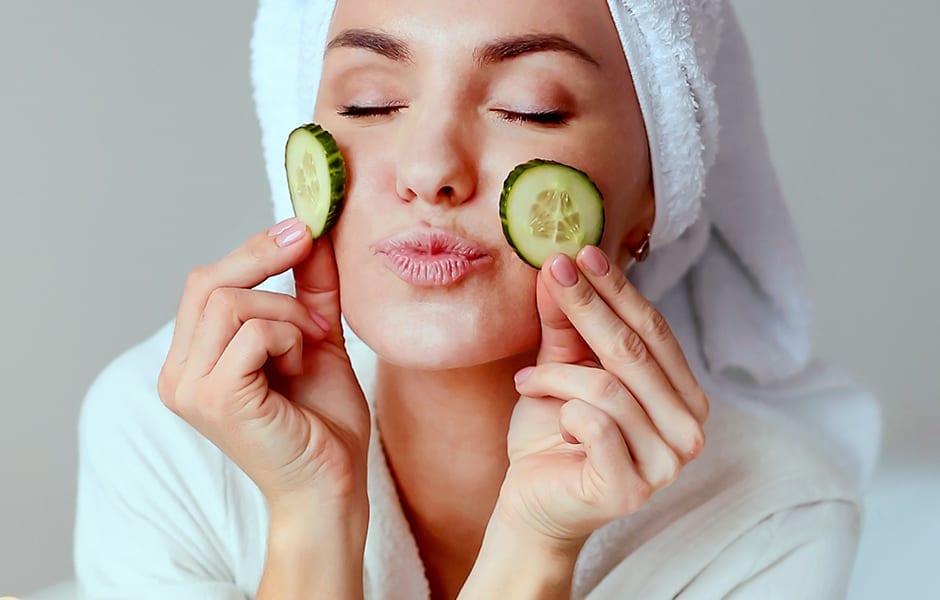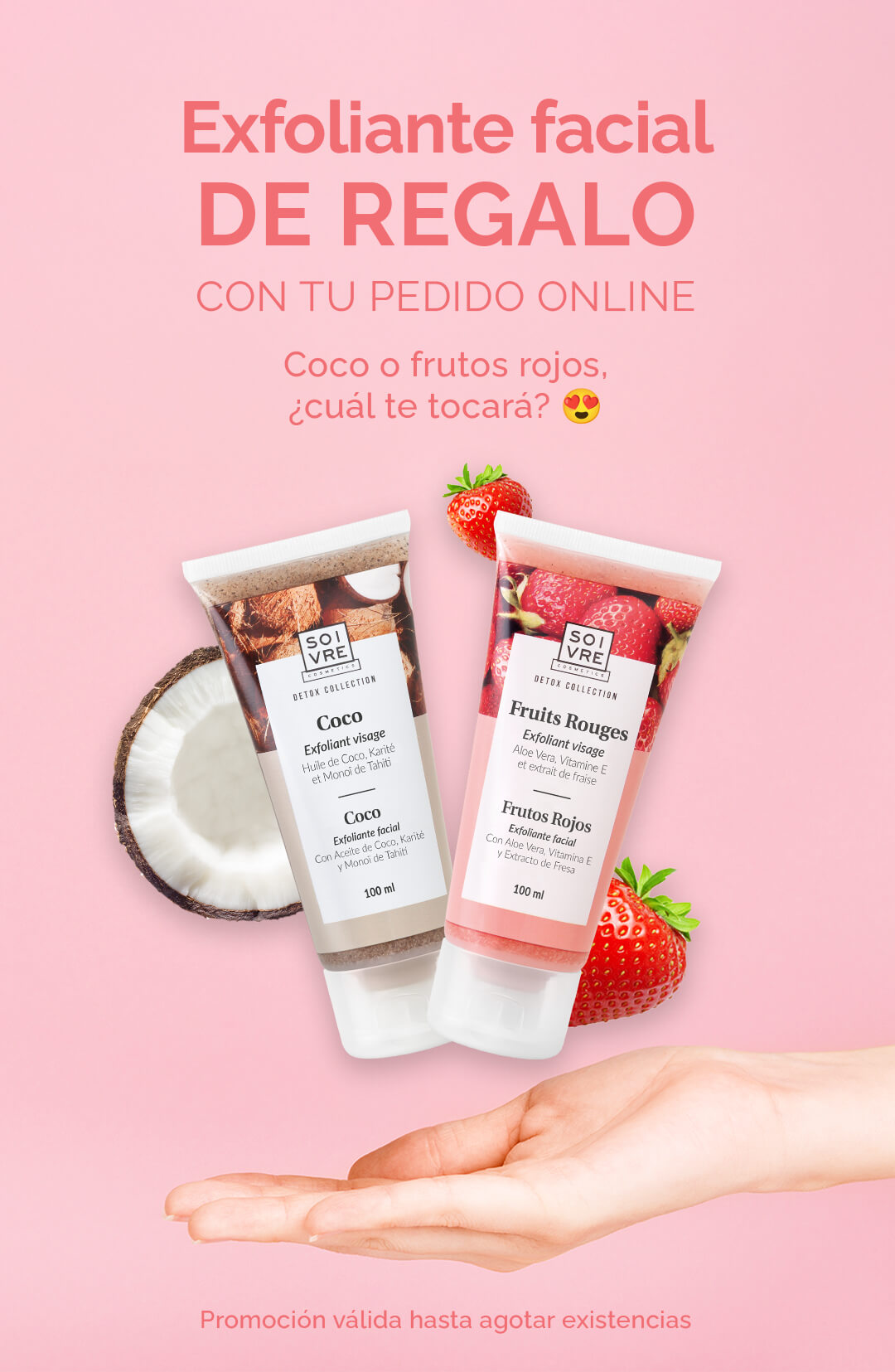What is the hyaluronic acid? An essential molecule for the wellbeing of the human body skin and other important parts of the body such as joints, lips, scalp and eyes. This molecule is capable of effectively fade the signs of ageing. Its effect is long-lasting and does not cause allergic reactions. Here we explain all the properties and benefits of this molecule that has revolutionised the cosmetic and medical market in the last decade.
What is it?
The hyaluronic acid (HA) is a carbohydrate that occurs naturally in the human body. It binds by chemical reaction to water giving it a viscous "gel-like" texture. This gel-like substance is one of the most researched substances in orthopaedic and ophthalmic medicine as well as in industry. cosmetics for its multiple benefits.
HA molecules are hydrophilic, i.e. water-loving. So much so that they can absorb up to 1,000 times their own weight in water. This ensures a watery environment for various chemical reactions in our body.
History
Hyaluronic acid was discovered in 1934 by John Palmer and Karl MeyerGerman pharmacists and professors at Columbia University in New York. They discovered this when they succeeded in isolating a previously unknown substance from the vitreous body of cows' eyes in the university's ophthalmology laboratory. They found that this substance contained two sugar macromolecules, one of which was glucuronic acid. Following this discovery, they decided to name it hyaluronic acid from the word hyaloid - vitreous - and uronic acid. The substance, which was remarkably viscous, led the two pharmacists to believe that it could have a therapeutic use.
Years later, in 1942, this substance was used commercially for the first time. It was thanks to the Hungarian scientist Endre Balazswhich patented the first use of this acid as a substitute for egg white in bakery products.
[Tweet "#acidohyaluronic acid is capable of attenuating the signs of the passage of time"]]
Following this, Balazs became the leading expert on hyaluronic acid, completing most of the discoveries concerning this molecule over the last fifty years.
Y, when can we talk about hyaluronic acid in cosmetics? Since 1996. As it is capable of increasing its weight in water by 1,000 times, it has been used in cosmetics as a dermo-epidemic moisturiser.
Chemical structure of hyaluronic acid
HA, also known as sodium hyaluronate o sodium hyaluronateis a large molecule that belongs to the family of the glycosaminoglycans (GAG). The molecule consists of a repeating sequence of two modified simple sugars: the glucuronic acid and the N-acetyl-glucosamine.
Location and main functions of hyaluronic acid
The hyaluronic acid is found in synovial fluid, the vitreous humour of the eyes, blood vessels, extracellular matrix, skin and the umbilical cord. Its importance cannot be underestimated and unfortunately with the passage of time we face a substantial loss of it.
Its main function is to water retention. They also provide nutrients and remove waste from cells that do not have a direct blood supply, such as cartilage cells.
Another function of HA in the skin is to reduce the movement of foreign particles, such as bacteria. In this way, it supports the skin's defensive function of acting as a barrier against agents harmful to our health.
In addition to these functions, other functions also attributed to this molecule include:
- Protect collagen by forming a protective barrier in the epidermis.
- Participate in wound healing by enabling the transfer of cells to the injured area.
- Facilitate the mobility of cells in the extracellular matrix (ECM). HA allows these cells to move through the extracellular matrix.
- Joint protection in synovial fluid as HA is part of the lubricating and protective fluid in joints such as shoulders, knees or elbows.
Reduction of hyaluronic acid in the body
As we get older, the amount of hyaluronic acid in the skin decreases as skin cells progressively lose their production capacity.
On the other hand, the molecular weight of hyaluronic acid also decreases with age and this means that it no longer retains water as it did in the past. This reduction in volume leads to wrinkles in the dermis.
There are about 15 grams of hyaluronic acid in our body and one third of this is degraded and replaced daily. In general, by the age of 50, our body tends to produce between 50% and 60% less hyaluronic acid. This leads to a reduction in the capacity of the tissues to retain fluids and consequently our skin looks duller and duller.
Other factors contributing to reduced production include lifestyle, genetic factors, inadequate nutritional habits and environmental pollution.
Skin benefits
As we have already mentioned, its application in cosmetics has been known since 1996. The essential characteristic of hyaluronic acid as a dermal filler is its water-holding capacity.
As a powerful water binder, it is an essential skin moisturiser. But HA also has a number of properties that make it unique to the skin. skin care and beauty. What are the main properties?
Among them we can highlight:
- Thanks to the lubrication of collagen fibres, this molecule provides firmness and smoothness to the skin.
- Its ability to prevent the movement of certain pathogens makes it a defensive barrier for the skin.
- Combats premature ageing of the skin
Its specific properties to act against the ageing of the dermis make hyaluronic acid a key component in the formulation of cosmetics designed to be applied to certain areas of the face.
The most common areas are:
- Commissure and lip contour
- Wrinkles around the mouth or labial folds
- Expression lines on both sides of the nose and mouth
- Eye contour
[Tweet "At 50, the body tends to produce between 50% and 60% of # Hyaluronic acid less. "]
Foods with hyaluronic acid
As you can see, the benefits that this molecule brings to our body both internally and externally are clear. For this reason, it is advisable to provide our body with extra hyaluronic acid through natural cosmetics and food. Especially if we are already at that age when the percentage of hyaluronic acid in our body is already significantly reduced. In this way we will be acting from the outside with cosmetics and from the inside with certain foods that contain hyaluronic acid, which also improves the collagen production: key to combating the ageing of our skin.
What foods should we incorporate into our nutritional habits? Here are some of them, either because they contain hyaluronic acid or because they contribute to its production:
- Meat: Lamb, beef, turkey and duck are rich in this acid.
- Fish: Tuna, mackerel, herring and salmon are good alternatives.
- Vegetables: All tubers are key as they activate the production of HA. It is also advisable to alternate the intake of other vegetables such as spinach, cauliflower, soya...
- Integral products: Rice or cereals are a good source of this acid.
- Fruit: Include bananas, melon, pears, oranges, grapes, pineapple and many other options in your diet.
- Spices: Parsley or coriander provide a large amount of HA as well as being great allies for skin health.
Finally, don't forget the importance of water in HA: it is a hydrophilic acid, which means that it needs water to work. Hydration is therefore essential for our internal balance and for many metabolic processes to function properly.





